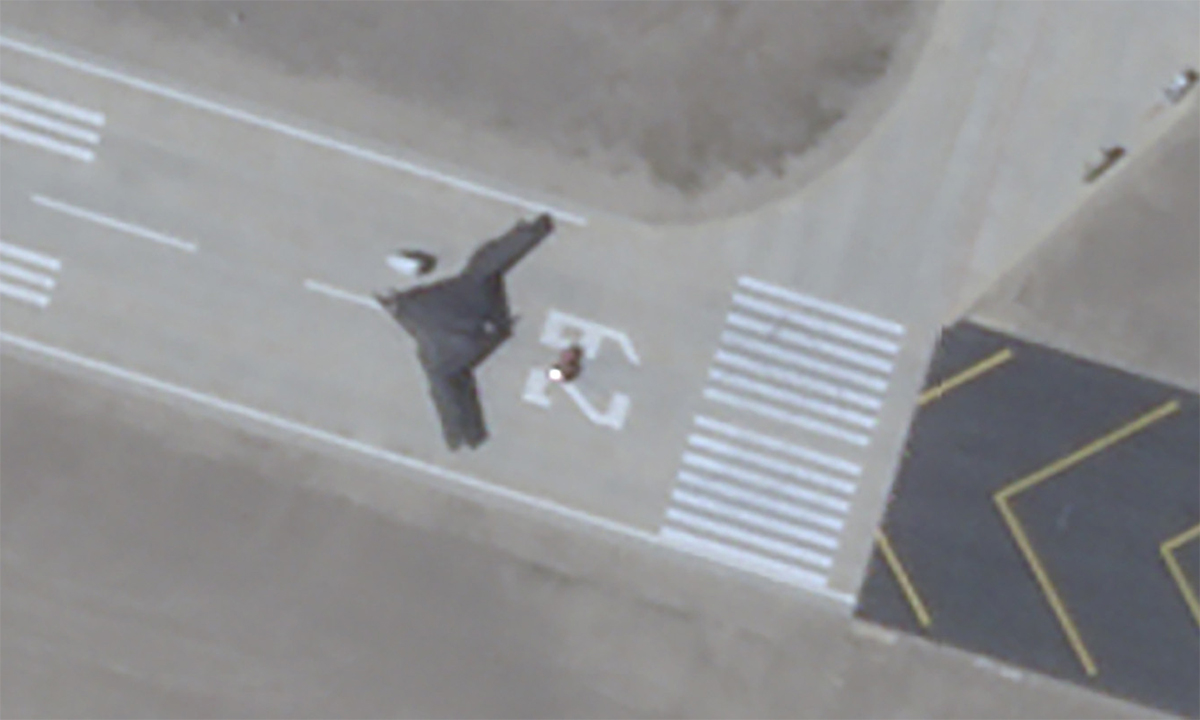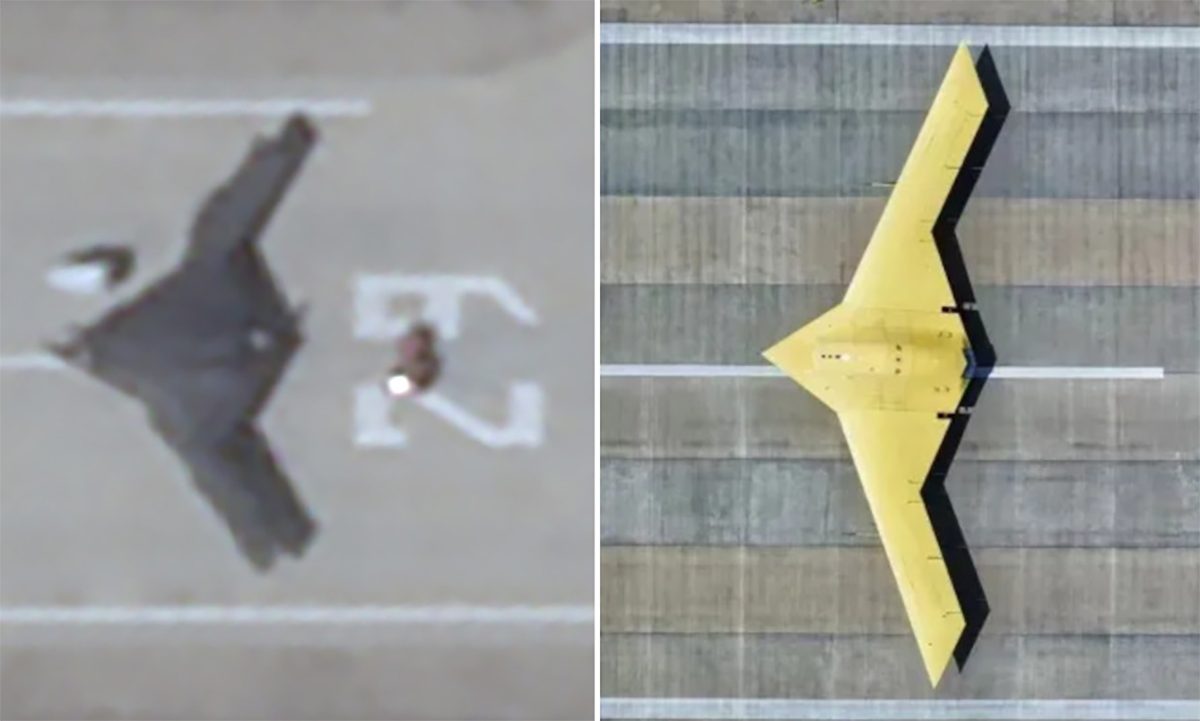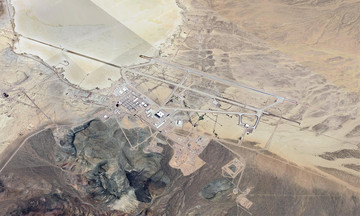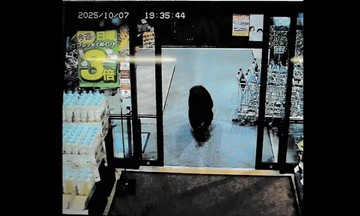Commercial satellite imagery from Planet Labs, taken last month at the Malan test base in the Xinjiang Uyghur Autonomous Region and analyzed on 18/9 by the US military website War Zone, shows an unmanned aerial vehicle (UAV) with a "cranked-kite" flying wing design at the end of a runway.
The UAV in the image is black and has a wingspan of approximately 42 meters. The aircraft appears to be equipped with a single, centrally located air intake at the front and a straight exhaust at the rear. Under the outer edges of the UAV's wings, there are unusual shadows, which appear to be vehicles or equipment on the runway.
 |
UAV at the Malan test base, Xinjiang, China, on 14/8. Photo: *Planet Labs* |
Chinese officials have not commented on the information.
Compared to the CH-7 model that appeared late last year, this new UAV has a wider and longer nose, along with some minor differences in shape and size. Joseph Trevithick, editor of War Zone, assesses this to be the second largest UAV developed by China.
"It uses a design similar to the high-altitude CH-7 UAV, and it's highly likely an improved variant of this model. The CH-7 is suitable for intelligence, surveillance, and reconnaissance (ISR) operations, but it can also undertake combat missions," Trevithick stated.
 |
The new UAV at the Malan base and the CH-7. Photos: *Planet Labs, War Zone* |
According to Trevithick, the UAV at the Malan base has some similarities to graphic representations of US Navy high-altitude, long-endurance UAVs, like the RQ-180. The cranked-kite design has been used in other US aircraft programs, like the X-47B UAV and illustrations of the B-3 bomber.
"China is developing many types of flying wing UAVs for various missions. This is an area of heavy investment in the Chinese aviation industry, with extensive involvement from experts," Trevithick said.
Nguyen Tien (*War Zone, AFP, AP*)












